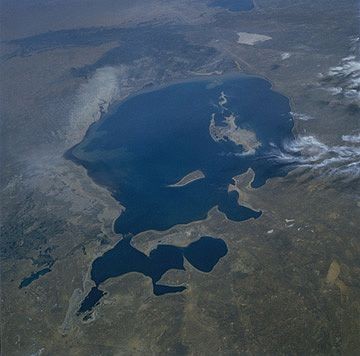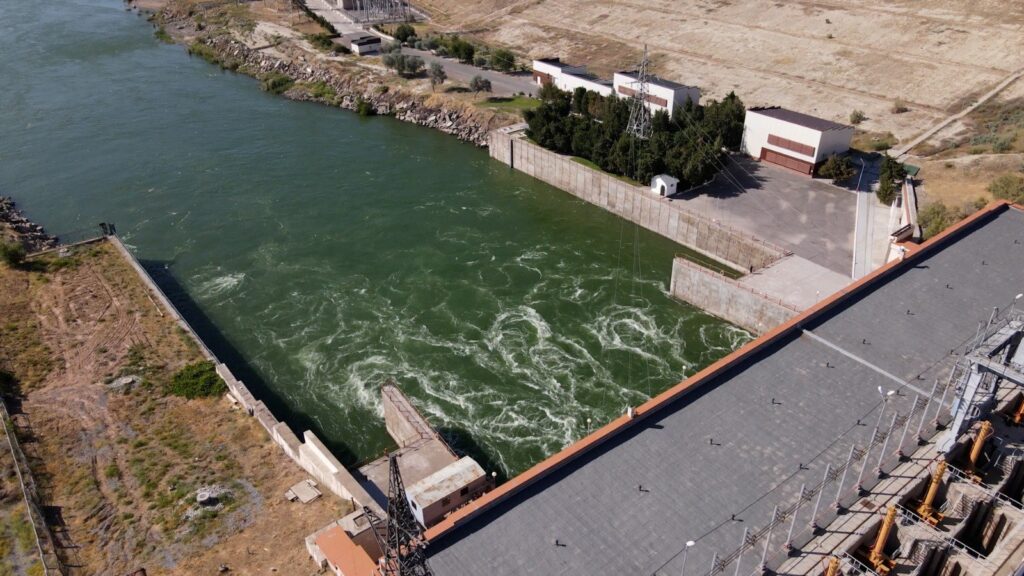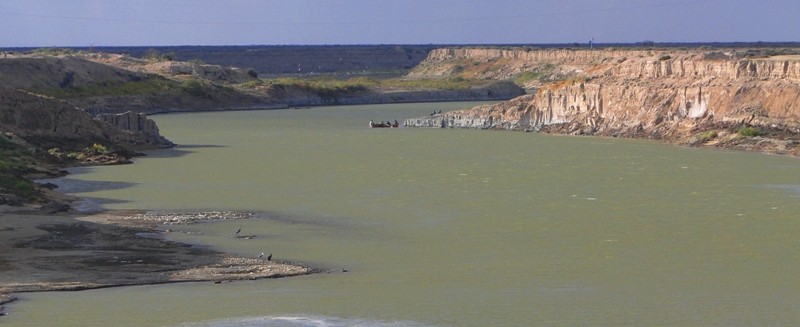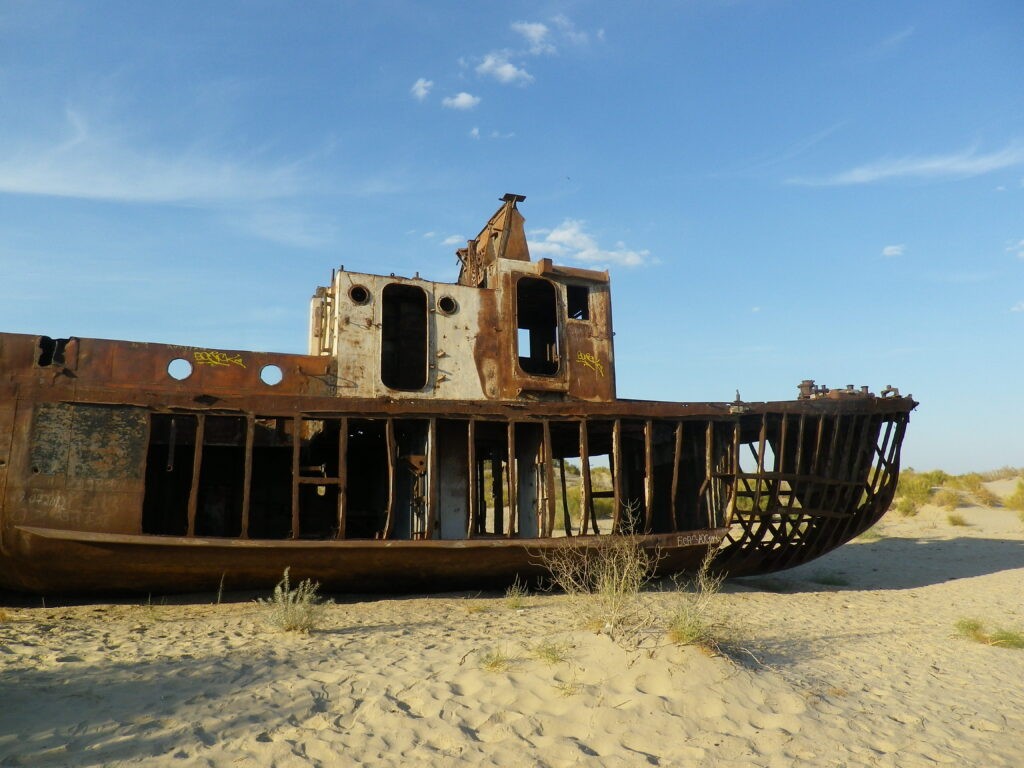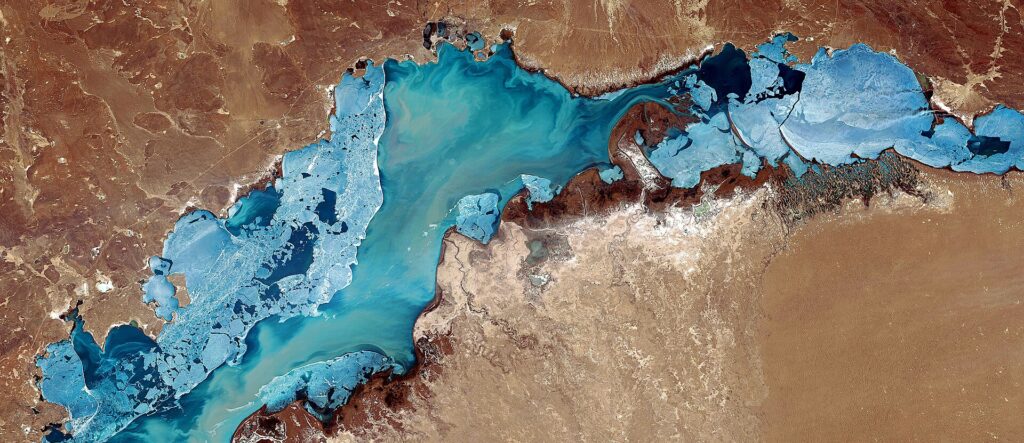ASTANA (TCA) — The 20-day expedition of Kazakhstan’s National Geographic Society QazaqGeography around the North and South Aral Sea finished last week. The trip covered more than 7,000 km across Kazakhstan and Uzbekistan and included nine regions of Kazakhstan, seven regions of Uzbekistan, and the Republic of Karakalpakstan (Uzbekistan), the official website of the Prime Minister of Kazakhstan reported.
During the research work carried out by a group of hydrobiologists from the Nazarbayev University, water samples were taken from several points in the South and North Aral Sea during the expedition, hydrological and hydrochemical parameters were measured to study the current state of the Aral Sea basins.
“Preliminary data of scientists suggest that the salinity of the Aral Sea varies from 3.5 ppm to 130 ppm. At the same time, the salinity of the North Aral in some places is almost 10 times less than in the South Aral Sea. Thus, 130 ppm, recorded in the Southern Aral, on average four times higher than the average salinity of the World Ocean,” said Nurzhan Algashov, the head of the expedition.
The main result of the expedition, according to Algashov, was that all the planned water samples from both reservoirs were collected.
The expedition members note that thanks to the construction of the Kokaral dam, sponsored by the Government of Kazakhstan and the World Bank, the northern part of the sea in Kazakhstan began to revive. In 2006, an increase in the level of the North Aral Sea was recorded, followed by an increase in the species diversity of phytoplankton.
“Phytoplankton is the basic link in the food chain for larger aquatic organisms. Our research will allow us to make a fuller study of the trophic network of the Aral Sea and assess the pace of ecosystem restoration. We plan to investigate the hydrochemical composition of water, make a microscopic, spectral and cytometric analysis of the qualitative and quantitative composition of plankton. The results of the work will be data on the biodiversity of plankton microorganisms, the hydrochemical composition, the trophic status and the concentration of biogenic elements,” said hydrobiologist Veronika Dashkova.
Preliminary studies on the completion of sampling were conducted by scientists during the expedition itself, in the city of Aralsk, where a mobile laboratory was deployed. In addition to the materials collected, the results of the expedition prepared material for the map of the Northern Aral Sea and collected photo and video materials. The collected data on the biodiversity of plankton communities, the level of salt, phosphorus, acidity, water contamination will reveal a preliminary trend in the development of the ecosystem of the Northern and Southern Aral. The full result of the research will be known after the hydrobiologists of the Nazarbayev University carry out complex studies.
This is the second expedition of QazaqGeography to the Aral Sea. Earlier, in 2016, a team of scientists studied the hydrobiological state of water in several parts of the North Aral Sea. Then the scientists recorded a tendency towards a decrease in the average salinity of the North Aral Sea, which made it possible to draw a preliminary conclusion that the ecological situation is improving.
